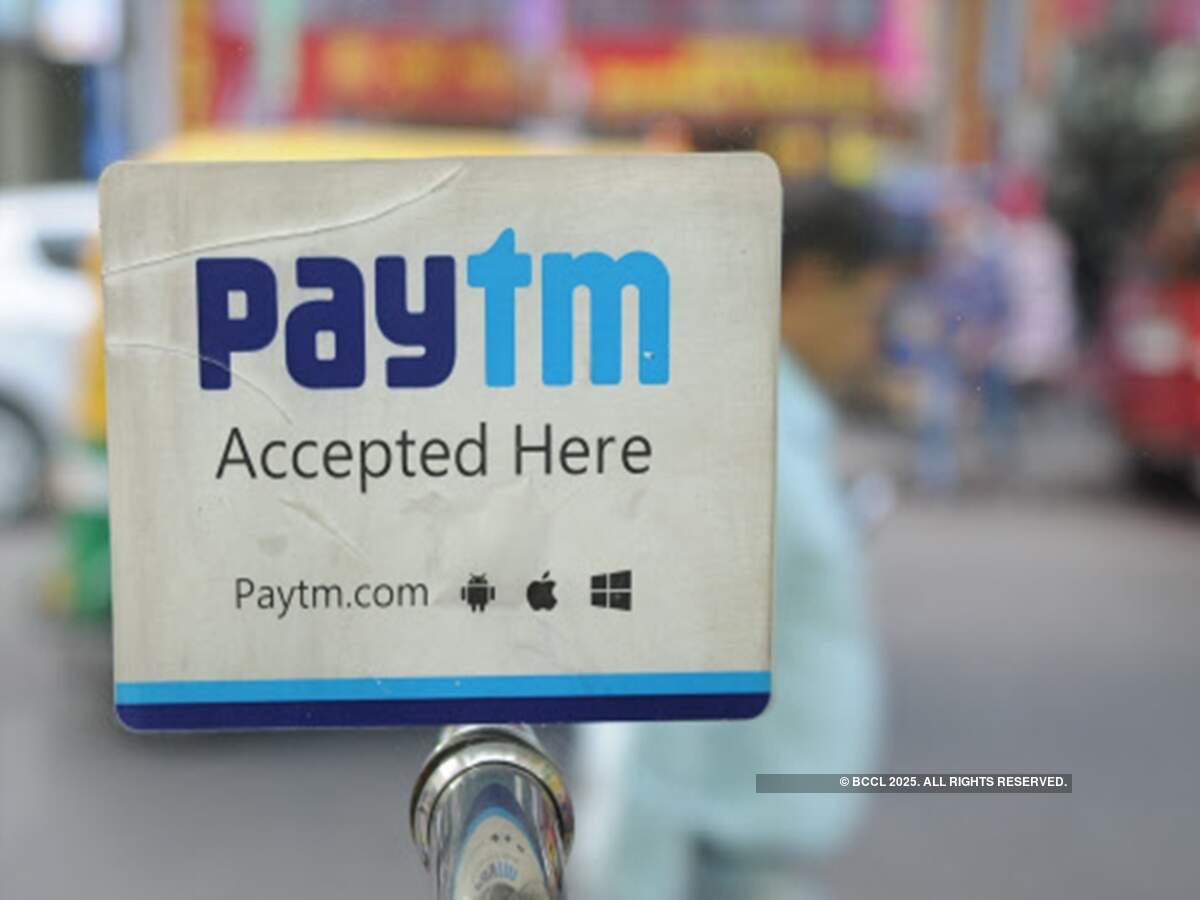 Bengaluru | Mumbai: Financial services and commerce platform Paytm plans to cut annual losses by half over the next two years, CEO Vijay Shekhar Sharma told ET.
Bengaluru | Mumbai: Financial services and commerce platform Paytm plans to cut annual losses by half over the next two years, CEO Vijay Shekhar Sharma told ET.This will be done by monetising its offline merchant base, scaling its merchant network, and rolling back on discounts across businesses, he said.
The SoftBank and Alipay-backed company will focus on making its business software and customer relationship management (CRM) services a core revenue generator for offline merchants — investing heavily to provide its 15 million offline merchant base solutions ranging from cloud to billing facilities.
“Our offline merchant base is our most defensible moat. We were clear from Day One that this MDR (merchant discount rate) could not be our monetization strategy. We are creating cloud services and software solutions, including billing, invoicing, GST, CRM, loyalty and overtime financial services as a revenue moat,” Sharma told ET.
The plan, Sharma said, was to reduce losses by shoring revenue numbers, even as the company continues to invest in acquiring new active customers and merchants and be a diversified financial services provider.
This comes at a time when most of its ventures have slipped into the red in financial year 2019.
For the fiscal year ended March 2019, Paytm’s losses stood at Rs 3,959.60 crore on revenue of Rs 3,319 crore. However, over the course of calendar year 2019, Sharma said, the company cut costs by 12% while revenue grew 25%.
Across business verticals, Paytm competes with several startups.
For instance, Google Pay and PhonePe In UPI payments, BharatPe in all-in-one QR code business, Razorpay and Instamojo in payment gateway vertical, and Pine Labs, Mswipe among others in the PoS category.
On the commerce side as well, the company competes with MakeMyTrip, BookMyShow, and selectively Amazon and Flipkart, as well as real-money gaming companies.
"We are an ecosystem play. For instance, the Amazon ecosystem is a challenger for us," Sharma said.
Paytm, valued at $16 billion, is also on the lookout for widening its financial services offering by adding lending as a service. However, it may have to wait till 2022 before the central bank approves its pending application for a small finance bank (SFB) licence.
Central bank guidelines mandate that a payment bank can convert itself into an SFB only five years after it starts operating. Paytm Payments Bank became operational in 2017.
On Tuesday, Paytm launched its All-in-One Android POS device which enables merchants to accept payments via digital modes such as the Paytm Wallet, UPI-based apps, debit and credit cards, and QR codes. The device also allows merchants to generate GST compliant bills, scan items, and manage all forms of transactions through their 'Paytm for Business' app.
These offerings come at a time when payment companies are struggling to cope up with new business realities of operating in a zero MDR regime, which the government kicked in from the new year making transactional charges on Rupay and UPI nil.
MDR is the rate charged by banks to a merchant for payment processing services on debit and credit card transactions.
The move may force several payment companies to rethink their business models to survive, Sharma said.
“For businesses that bet on charging merchants a transaction fee, this is an opportunity to rethink their business model,” he said.
No comments:
Post a Comment